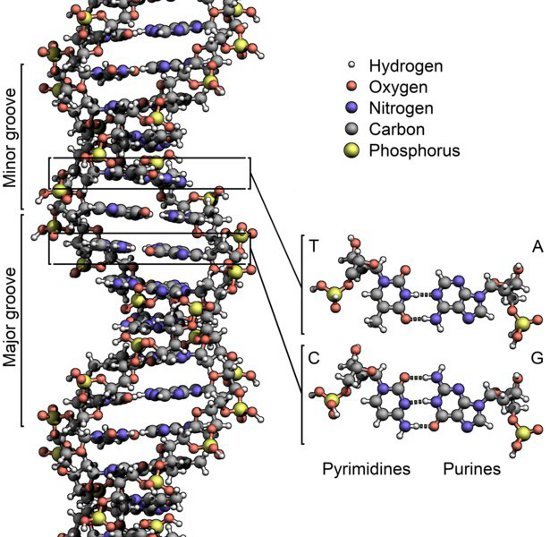Astrobiology is a rapidly evolving, interdisciplinary field of research that concerns the origin, frequency, and evolution of life in the universe. Given, however, that so far we only know of one example of life -- the one on Earth -- astrobiology generally proceeds with the assumption that, in terms of its basic requirements, extraterrestrial life should resemble the terrestrial template.
Ingredients that appear to have been crucial for life on Earth to emerge were: a certain level of environmental stability (e.g., not too many impacts by asteroids); the presence of liquid water; temperatures and levels of radiation that are not too extreme; a reliable energy source (the Sun); and the availability of certain elements such as oxygen, carbon, and phosphorus. It is not unreasonable to assume as a first guess that many or maybe even all of these ingredients are essential for life anywhere (after all, carbon, for instance, is quite unique in its ability to form complex molecules), but until we find alien life we wouldn't know for sure which of these are absolutely necessary.
Figure 1. The structure of DNA. The pairs of bases, A-T, and G-C form the rungs of the Double-helix "ladder." Credit: Wikimedia Commons.
All life on Earth, for instance, relies on DNA and RNA for replication, the issuing of instructions at the molecular level, and heredity. Does that mean that our Earthly DNA (Figure 1) is universal throughout the cosmos? That's actually hard to believe, since studies show that even our DNA could continue to function after the insertion of laboratory-created bases into its molecular structure. Similarly, different genetic codes can be used to create amino acids, which are the building blocks of proteins. Furthermore, one of the pillars of Darwin's theory of evolution by means of natural selection is the concept of a common ancestor -- in his words, "all the organic beings which have ever lived on Earth have descended from some one primordial form." This means that the fact that all life forms on Earth use the same DNA is not that surprising, and it certainly does not necessarily imply that this is the only way for life to evolve. The biochemistry involved in the emergence of life may not be unique either. While we normally discuss processes based on carbon and oxygen, some researchers have suggested sulfur and iron as potential alternatives (e.g., in the environments of ocean floor hydrothermal vents; Figure 2). The existence of extremophiles -- life forms that survive and even multiply in conditions that to us appear extreme (such as very cold or very hot temperatures; high degree of salinity) -- also suggests that life can surprise us. The bottom line is simple. With only one known form of life, our conception of what it takes for life to emerge is necessarily biased, and no definitive conclusions can be reached. The lesson is also clear: seek, and ye shall find.
Figure 2. Black Smoker at deep ocean hydrothermal vent. Credit: Wikimedia Commons.
In the third part of this series, I shall briefly discuss the near-future steps that astrobiologists are taking to discover biosignatures in extrasolar planets.

